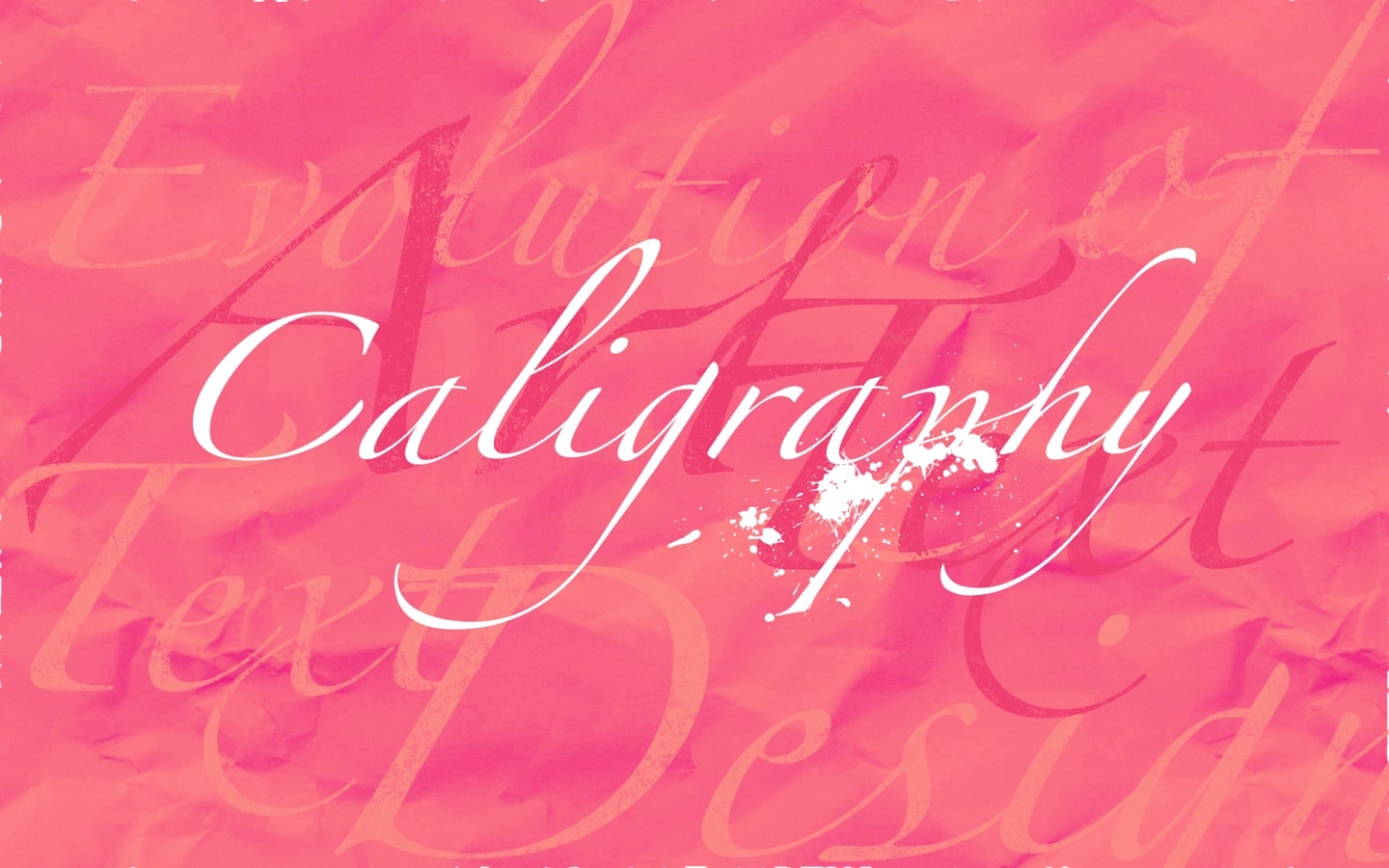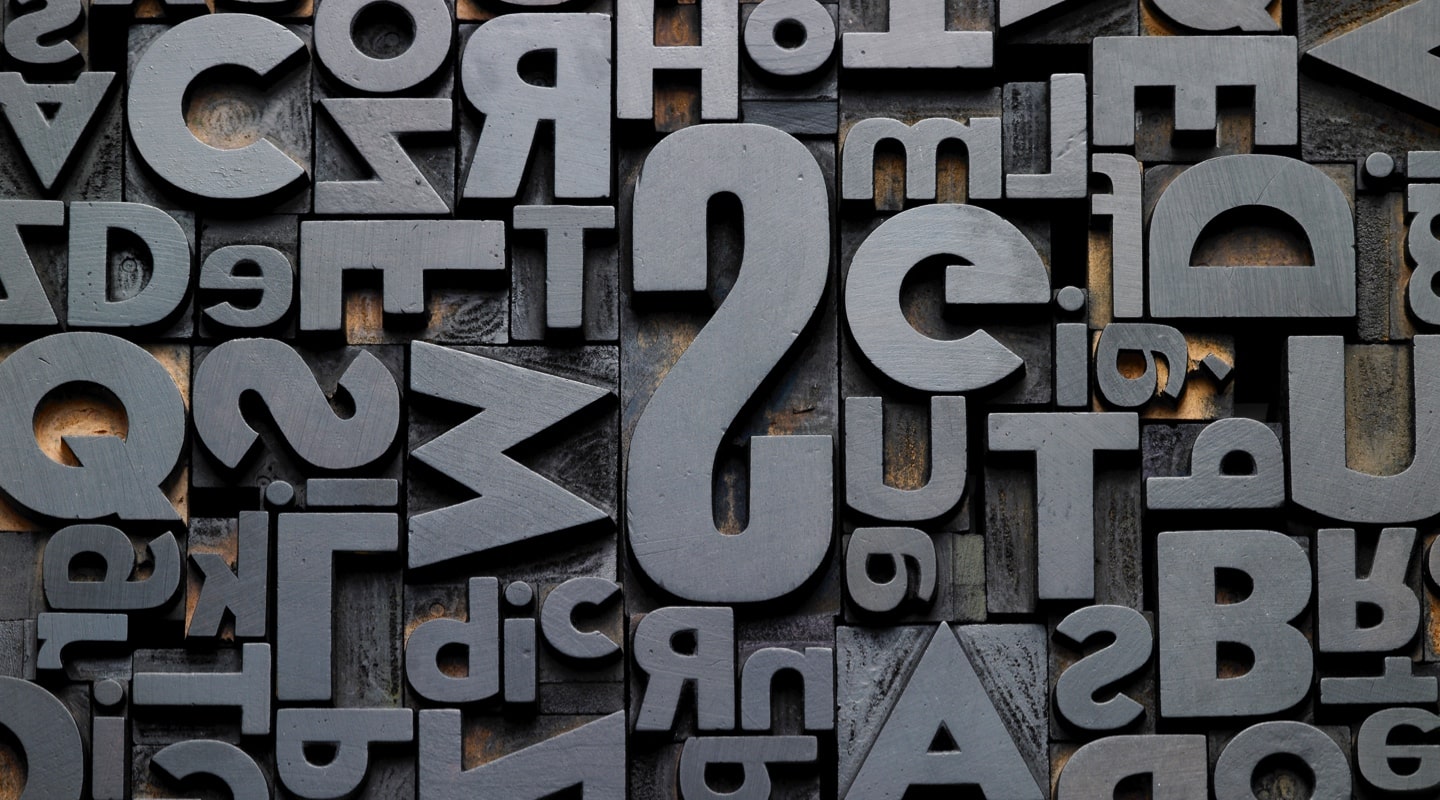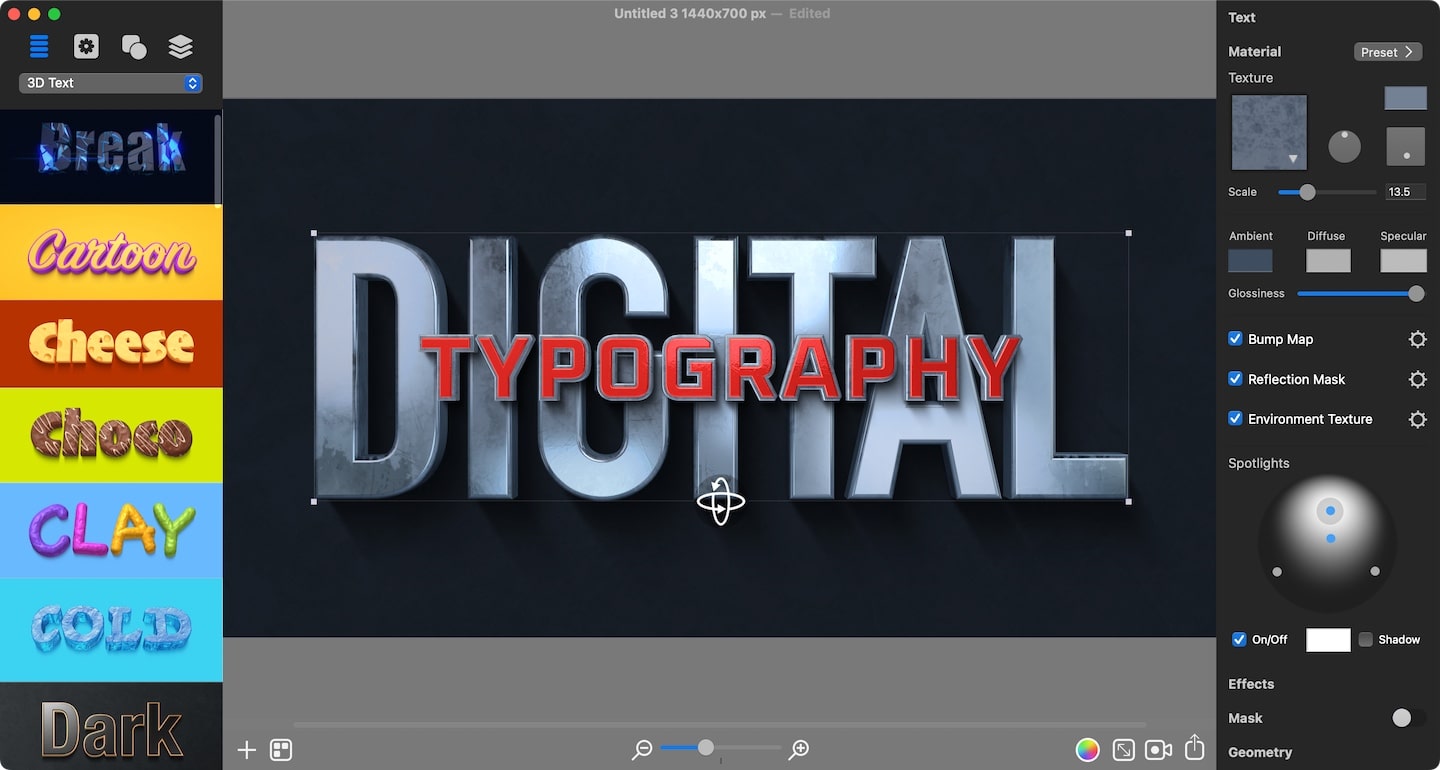Traditional Calligraphy
Origins of text design lay in calligraphy—decorative handwriting. Calligraphy originated independently in various parts of the world and has a rich and ancient history. Each region developed its own unique styles, techniques, and philosophies, contributing to the rich and diverse calligraphic traditions of today.
In East Asia, Chinese calligraphy is often considered one of the earliest and most influential forms of the art. Chinese calligraphy has a history spanning thousands of years and has had a significant impact on the calligraphic traditions of neighboring countries like Japan and Korea.
In the Western world, calligraphy has its roots in ancient civilizations such as the Egyptians, Greeks, and Romans, who used stylized writing systems for various purposes, including religious texts, official documents, and artistic expression. The Roman alphabet, in particular, became the foundation for many Western calligraphic traditions.
Islamic calligraphy, also known as Arabic calligraphy, emerged in the 7th century AD with the rise of Islam. It developed as a prominent art form within the culture and is characterized by its intricate and ornamental script. Arabic calligraphy played a significant role in the decoration of mosques, Qur'anic manuscripts, and other local art forms.

Origin of Typography
The origin of typography can be attributed to the invention of the printing press by Johannes Gutenberg in the 15th century. Gutenberg's printing press revolutionized the process of printing by introducing movable type, which allowed for the efficient and consistent reproduction of text. Before the invention of the printing press, text was primarily handwritten or created using labor-intensive methods such as woodblock printing.
This has significantly influenced further development of text design. With the ability to replicate typefaces accurately and consistently, typographic design began to evolve, incorporating various elements such as font selection, size, spacing, and alignment. Designers began to experiment with different typefaces, developing new styles and variations.

Modernist and Minimalist Movements
The modernist and minimalist movements in text design were significant art and design trends that emerged in the 20th century, bringing a fresh approach to typography. Both these movements sought a shift towards simplicity, clarity, and grid-based layouts in typography, breaking away from the ornate and decorative styles of the past. While the minimalist movement further refined and simplified the aesthetic, emphasizing clarity and elegance through minimal design elements, the modernist one gravitated towards complicated ornamental forms and distinguished adorned letterings.
Digital Typography
The advancement of technology and computers in particular gave rise to digital typography. Such typography is used in digital media and electronic devices. It encompasses the design, arrangement, and presentation of typefaces and text on social media platforms and websites, software, e-books, and various digital materials. It usually involves the use of digital fonts, which are created and stored as computer files. These fonts can be precisely rendered and reproduced on screens, offering a wide range of design options and flexibility compared to traditional print typography.
Digital typography has opened up new possibilities for experimentation and creativity in text design. Nowadays, software programs like Art Text help users quickly design artistic text-based graphics with multitude text effects, as well as create dynamic typography and text effect animations.

The Future of Text Design
AR and AI typography represent the convergence of typography with emerging technologies, offering new and exciting possibilities for text design and visual communication.
The use of text design with Augmented Reality (AR) involves overlaying digital typography onto the real world through AR experiences. This is usually achieved with the help of smartphones, when users can view text elements integrated seamlessly into their physical surroundings. AR typography allows for interactive and dynamic text that can respond to user actions or provide additional information. It opens up innovative ways of delivering messages, enhancing brand experiences, and creating immersive storytelling.
Artificial Intelligence (AI) is a rapidly progressing technology that is revolutionizing modern lifestyle, including graphic design. Essentially, AI is a system capable of learning and adjusting, empowering it to perform tasks and make decisions resembling those accomplished by humans. AI systems can create highly professional and realistic text designs much faster than any professional designer. You can read more on how AI improves the graphic design field in our article—AI in Graphic Design.

Conclusion
Text design is vital for effective communication, capturing reader’s attention and conveying emotions and has been in use for thousands of years. Its tools, means and style has always been changing, while the interest in text design is steadily increasing. Nowadays, creating a professional level typography is accessible to most computer or mobile device users. If you want to join the world of typography, text effects and animation, get the free trial of the Art Text app. The app has a wide selection of text styles and effects to help unleash your design ideas and creativity.
